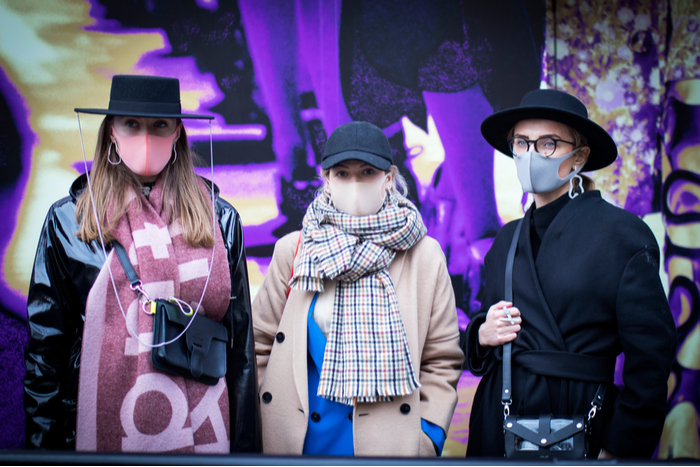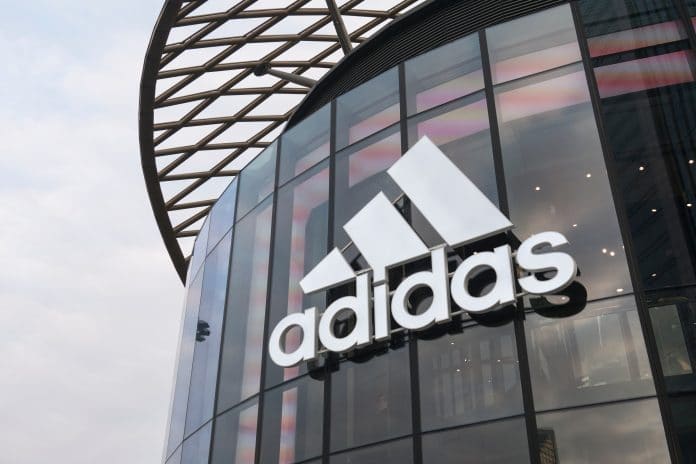London Fashion Week has been serving fashion lovers and designers new collections for over three decades, and retailers have been attempting to capitalise from the buzz that the event brings with it.
The bi-annual event, regarded as one of the biggest fashion events in the world, will be taking place from September 18 to September 22 with Burberry kicking off proceedings with a live stream.
With thousands of events having been cancelled this year due to the Covid-19 pandemic, London Fashion Week decided to proceed with a thrice-split schedule that includes brands showing digitally, physically or both.

The fashion show launched its digital platform in June and will continue to serve as the Official Digital Hub to be “freely accessible to everyone”.
During the height of lockdown, the British Fashion Council (BFC) digitised the June event – the first fashion week on the calendar to go digital – and instead of requiring invitations from brands, anyone could access the content on London Fashion Week’s website.
The subsequent Paris and Milan fashion shows then took place in digital format in July with speculations arising as to whether more designers would use digital opportunities to enhance the fashion week experience in the future.
Although some physical events will take place during the next London Fashion Week, the vast majority will be digital-only. Organisers said that while physically proceeding with the event, it would adhere to government guidelines on social distancing. There will be a total of 50 digital-only activations, 21 physical and digital, seven physical-only, and three designers who will activate through a physical event. The schedule will host over 80 designers including 40 womenswear, 15 menswear, 20 menswear and womenswear, and five accessories brands.

There has been speculation as to how a digital fashion show would unfold considering that last year, London Fashion Week allowed members of the public to purchase tickets to the event for the first time ever.
“The unprecedented impact of Covid-19 has resulted in the leading trade bodies, including the BFC and Council of Fashion Designers of America looking to support the recalibration that for so long, many designers and fashion retailers have wanted,” independent retail analyst Nelson Blackley told Retail Gazette.
He added that the new digital system would probably be scrutinised as “virtual collections can never truly replace the sensation of visiting physical fashion shows which remain unique”.
Nevertheless, London Fashion Week has always provided a glimmer of hope for the fashion industry, especially fashion retailers, by promoting collections that the public wouldn’t have discovered otherwise.
“Virtual collections can never truly replace the sensation of visiting physical fashion shows”
Last year, the New West End Company – which represents 600 businesses trading in London’s Bond, Oxford and Regent street precincts – said London Fashion Week was a “global moment” attracts tens of thousands of visitors from across the UK and abroad.
However, Blackley said the new digital format would raise concerns around whether it can truly demonstrate a designer’s creativity.
“The physical aspect of seeing clothing in real life remains important in helping understand how a garment moves and wears,” he said.
Toby Heelis, chief executive at events management platform Eventopedia, argued that digital-only events cannot match the value of a live event.
“There are both pros and cons to this approach, but it’s the only solution for the current time, allowing the beloved fashion week to take place,” he said.
“This new format is not just a sign of an adaptable industry, but also the beginning of a new era for fashion events, as future fashion events will inevitably carry the positive aspects of the digital features going forward in the coming years.”
Moreover, last year’s London Fashion Week was one of the first of the big four fashion weeks to embrace inclusivity and sustainability. The Designer Exhibition was relaunched with a #PositiveFashion theme – the BFC’s initiative designed to champion industry best practice led by its three Positive Fashion pillars: Sustainability, Equality & Diversity, Craftsmanship & Community.
Blackley argued that fashion weeks have never been sustainable. He said all those involved, including designers, models, buyers, photographers, stylists and press, feel the strain of spending weeks jetting around the globe to attend these shows, which in turn has an adverse impact on the environment with a large carbon footprint.
“Reducing the reliance on globe-trotting to visit physical shows could not only improve buyers’ wellbeing and have significant environmental benefits, but creating fewer collections will also reduce the stressful demand on designers,” he explained.
“This renewed focus on sustainability and the impact of the sector on climate change should be welcomed.”
Undoubtedly, the pandemic will bring lasting change to the way fashion weeks are presented. Going forward, major fashion houses may continue to favour both digital and physical presentations.
Despite the shift to digital, the catwalk show as fashion lovers and designers know it, may no longer be used as a marketing tool or status symbol. But fashion now has the chance to choose a more sustainable approach in the future that can retain the industry’s creativity.
Click here to sign up to Retail Gazette’s free daily email newsletter


















